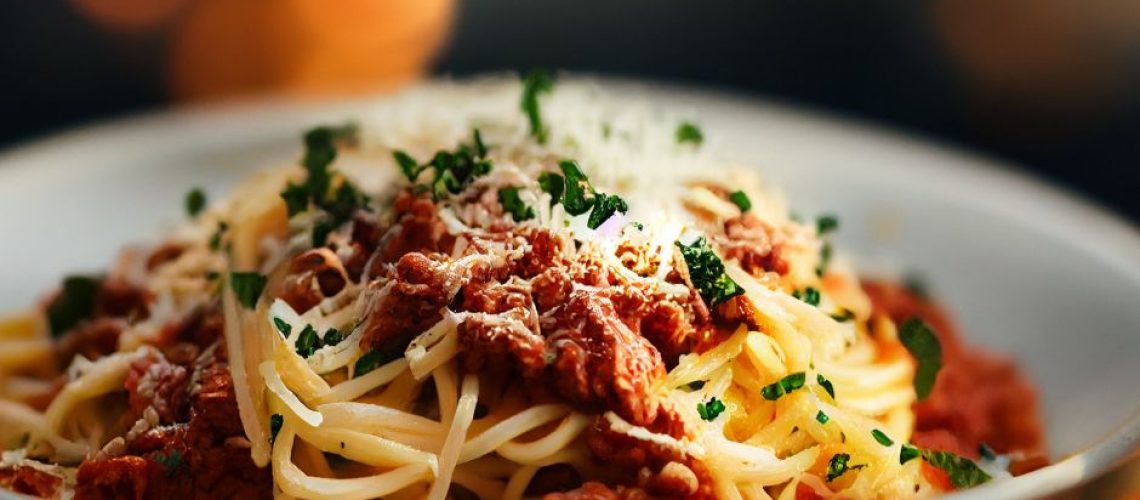A Tale of Culture, Confusion, and Culinary Evolution
A Dish That Crossed Borders and Identities
Spaghetti Bolognese is a dish synonymous with home-cooked warmth and comforting flavor. Yet in Italy, the pairing of spaghetti with a Bolognese sauce is virtually unheard of. In Bologna, the sauce is known as ragù alla Bolognese and traditionally served with tagliatelle—a flat, ribbon-like pasta that clings better to thick sauces.
In 1982, the Accademia Italiana della Cucina formally registered an official recipe for ragù alla Bolognese with the Bologna Chamber of Commerce. The list of ingredients was specific: beef, pancetta, onions, carrots, celery, tomato paste, meat broth, red wine, and milk. There was no mention of garlic, herbs, or spaghetti.

The Evolution into a Global Icon
The transformation of ragù alla Bolognese into “Spaghetti Bolognese” can be credited to Italian immigrants who settled in North America, the UK, and Australia during the 20th century. Faced with different ingredients and audiences unfamiliar with tagliatelle, many substituted spaghetti, which was then more readily available and widely recognized.
As the dish gained popularity, new interpretations emerged. These international versions typically added garlic, basil, oregano, canned tomatoes, and sometimes even mushrooms or sugar, diverging significantly from the traditional recipe. Despite—or because of—these changes, the dish cemented itself as a global comfort food.
A Misunderstood Classic
In Bologna, locals are often baffled by tourists in search of “Spaghetti Bolognese.” While they take pride in their ragù, they’re also amused by the worldwide reinterpretation. “It’s not our dish,” said an Italian chef quoted in The Guardian, “but it’s nice that people love it.”
This sentiment reveals an important truth: while Spaghetti Bolognese may not be a true Italian classic, it is a tribute to culinary adaptation and cultural fusion.
“Ragù is not just a sauce; it’s a slow ritual, a Sunday tradition,” writes food historian Alberto Capatti.
Why the Pasta Pairing Matters
The shape and texture of pasta matter in Italian cooking. Tagliatelle, with its wide surface, allows the dense Bolognese sauce to adhere better. Spaghetti, being thinner and more slippery, doesn’t hold the sauce as well. This is one reason why Italians never paired spaghetti with such a hearty meat sauce.
Nevertheless, the popularity of spaghetti worldwide made it a convenient default for chefs seeking to introduce ragù alla Bolognese outside of Italy.
From Nonna’s Kitchen to Global Menus

What began as a humble, slow-cooked sauce in the kitchens of Bologna has become a dinner staple in homes across the globe. The essence of ragù alla Bolognese—slow simmering, robust flavor, and a touch of nostalgia—remains, even if the format has changed.
In restaurants like The Sauce Italian Kitchen & Bar, menu items like Spaghetti Bolognese serve as bridges between authenticity and accessibility, bringing the heart of Italy to local tables.
Modern Twists on a Timeless Favorite
Today, chefs worldwide reinterpret Spaghetti Bolognese using plant-based meats, gluten-free pasta, and fusion flavors. Yet the core idea remains unchanged: a rich, satisfying meal shared around the table.
“Food evolves, but its soul stays the same,” culinary writer Rachel Roddy once wrote.
It’s a statement that rings especially true for this iconic dish.

